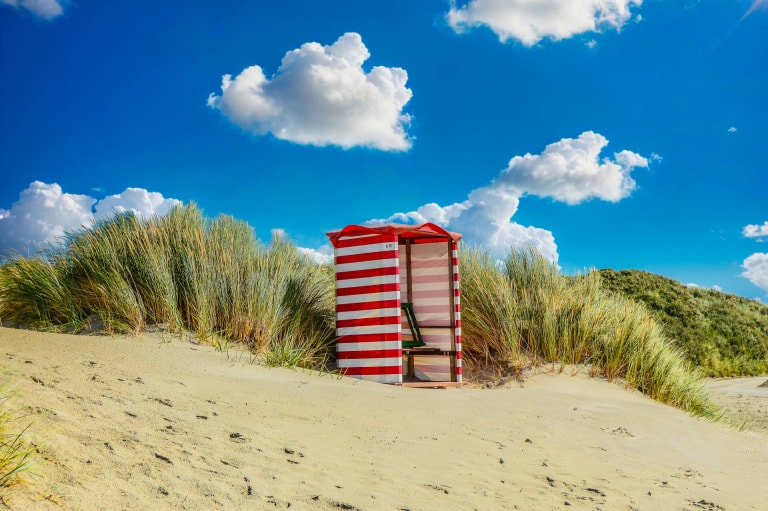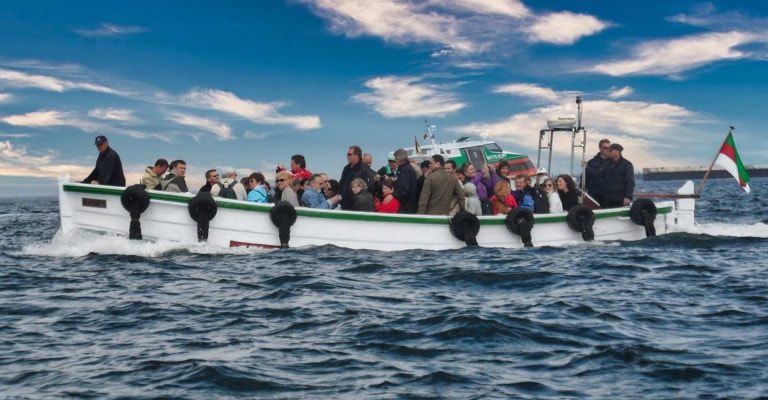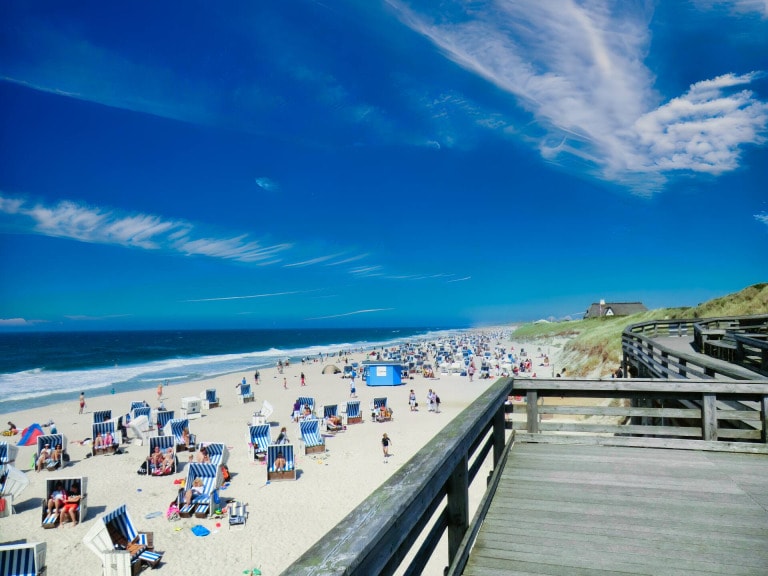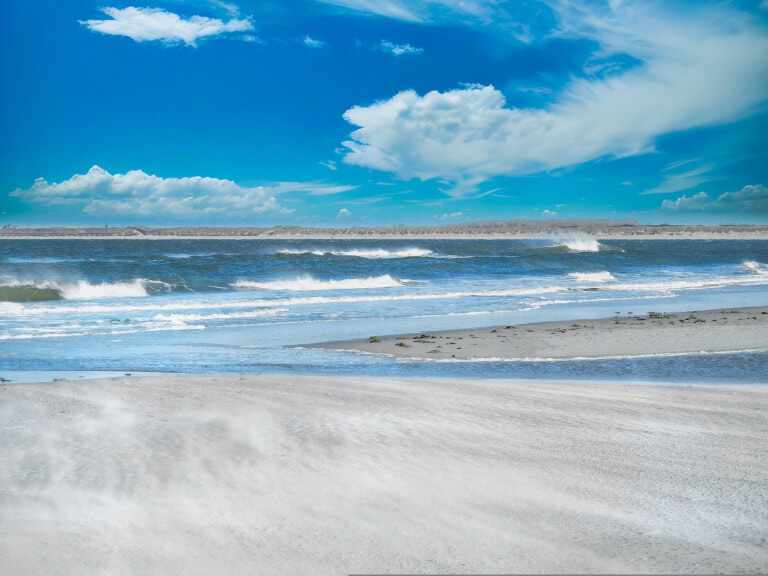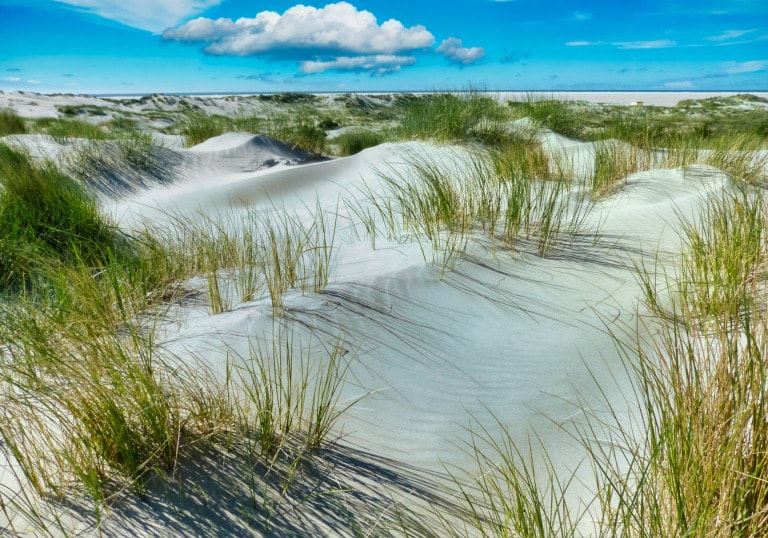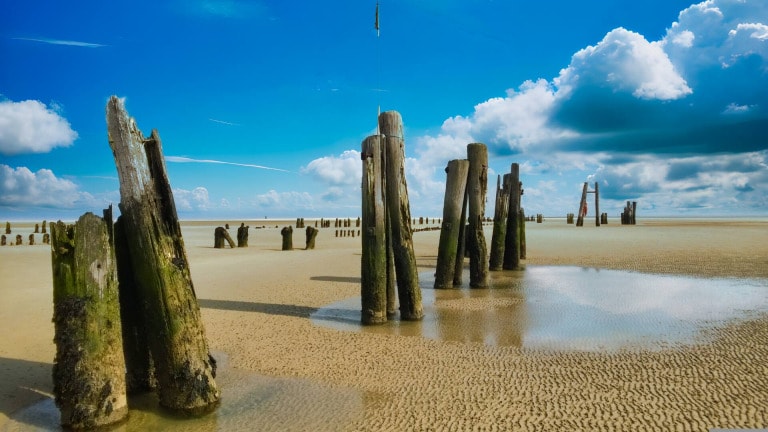At the very top of Germany is the region North Frisia. This part of the country hosts some of the most breathtaking and picturesque Islands of the whole country, the North Frisian Islands. The beautiful sandy beaches of the Islands Sylt and Amrum are protected by high chains of dunes and are one of the main reasons for the great fame.
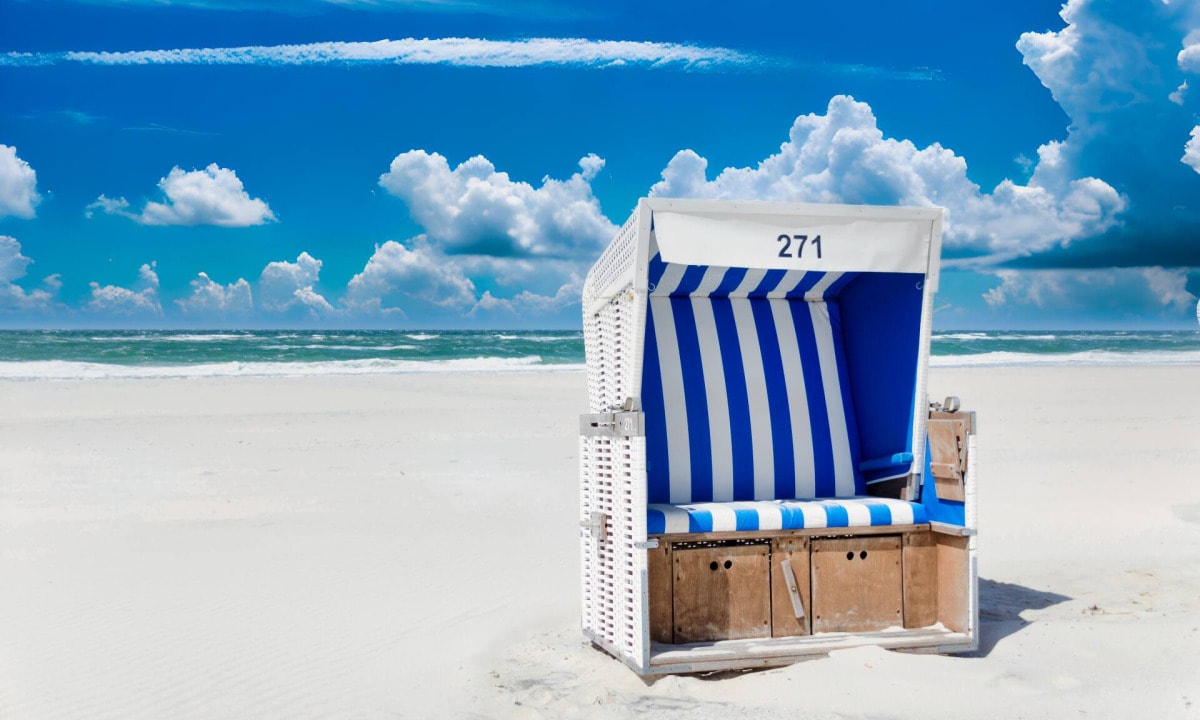
Sylt Sea beach chair
Other islands in North Friesland are Föhr and Pellwormboth of which are known for their lush marshlands. In the middle of the archipelago there are still Heligoland and the Halligen. When you Vacation at the North Sea you should definitely pay a visit to each of these islands, because each offers different attractions and Sightsthat you will not find anywhere else.
Long sandy beaches and towering hills covered with dunes are two of the most characteristic features of the North Frisian Islands. People who like both natural beauty and challenging waves often choose to vacation because they offer both. Sylt and Amrum are particularly popular with tourists, as each offers a unique experience.
Beautiful beaches can be found on the north frisian Föhr island, which is in the Wadden Sea lies. However, there is a lot of agriculture and pasture land on the island. Other marsh islands in the Wadden Sea are Pellworm and North Beach, both of which are completely surrounded by dikes and have only grassy beaches.
On the other hand, these are known for their enviable tranquility and privacy. A visit to the Heligoland island, on which there is a bird rock, is highly recommended. The island has a total area of only 1 square kilometer and has an offshore bathing dune.
The North Frisian Islands are a relic of the mainland, which was torn apart by storm surges. In contrast to the East Frisian IslandsThe North Frisian islands, which consist of sand islands, were formed over time by persistent currents and the sea surf.
The world's unique Halligen, on the other hand, have no solid geest core and have grown over the millennia through slagging on ground originally covered by water. There are ten of them in total.
1. island Amrum - the North Frisian island with kilometer long beach.
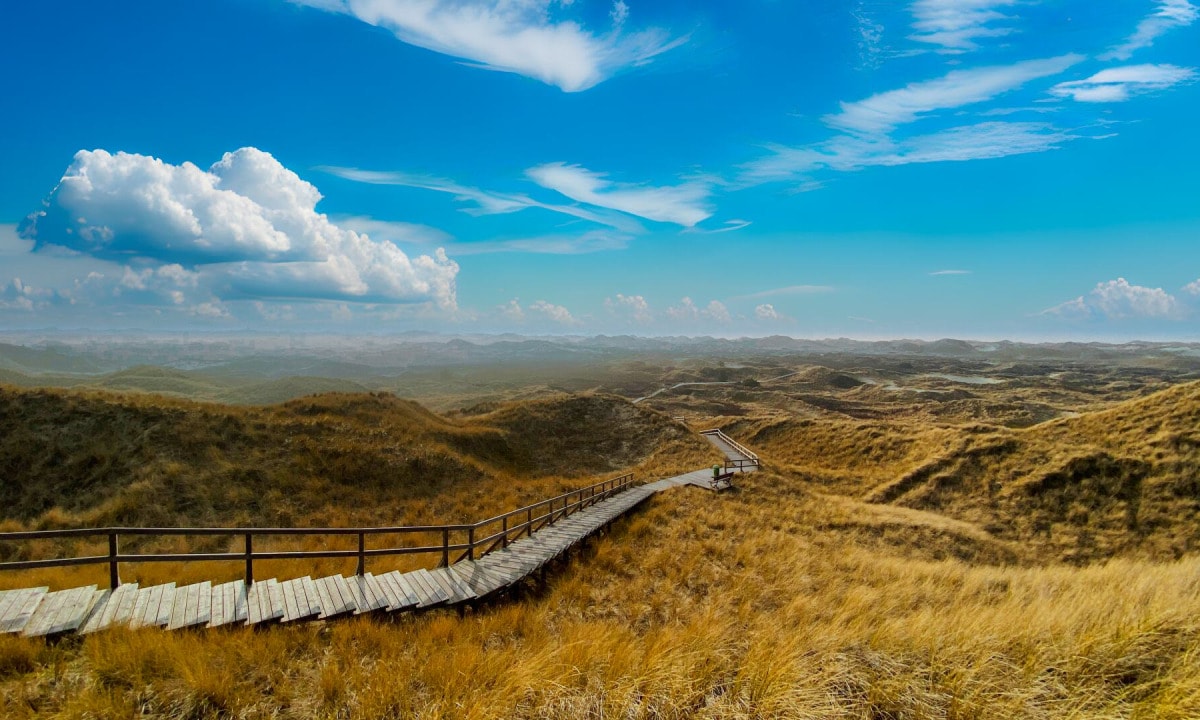
Off the coast of North Friesland lies the small Amrum island. Since the island has a true North Sea climate, it is a popular Resort for people who want to escape the hustle and bustle of city life. The topography of the island can be roughly divided into three major areas.
At the westernmost point of the island bumps the North Sea on the extended Knee sand, a sandbar that stretches the entire length of the island. The beach can be up to 1.5 kilometers wide and is a popular destination for travelers from all over the world. Immediately behind the beach is a narrow stretch of pristine dunes, followed by a stretch of heath and a large patch of forest.
The eastern part of the North Frisian island is steep and contains a number of settlements, pastures and the hilly Geestkern. The five settlements that make up Amrum all lie together towards the mudflats, which are located in the sheltered eastern half of the island.
On Amrum, this leads to the fact that the paths to the west beach are consistently somewhat longer. Therefore, travelers are strongly recommended to rent a bike. Despite the good transport links, the island is best explored by bike, because you can get around so well on two wheels.
2. island of Sylt - the island of the rich and wealthy
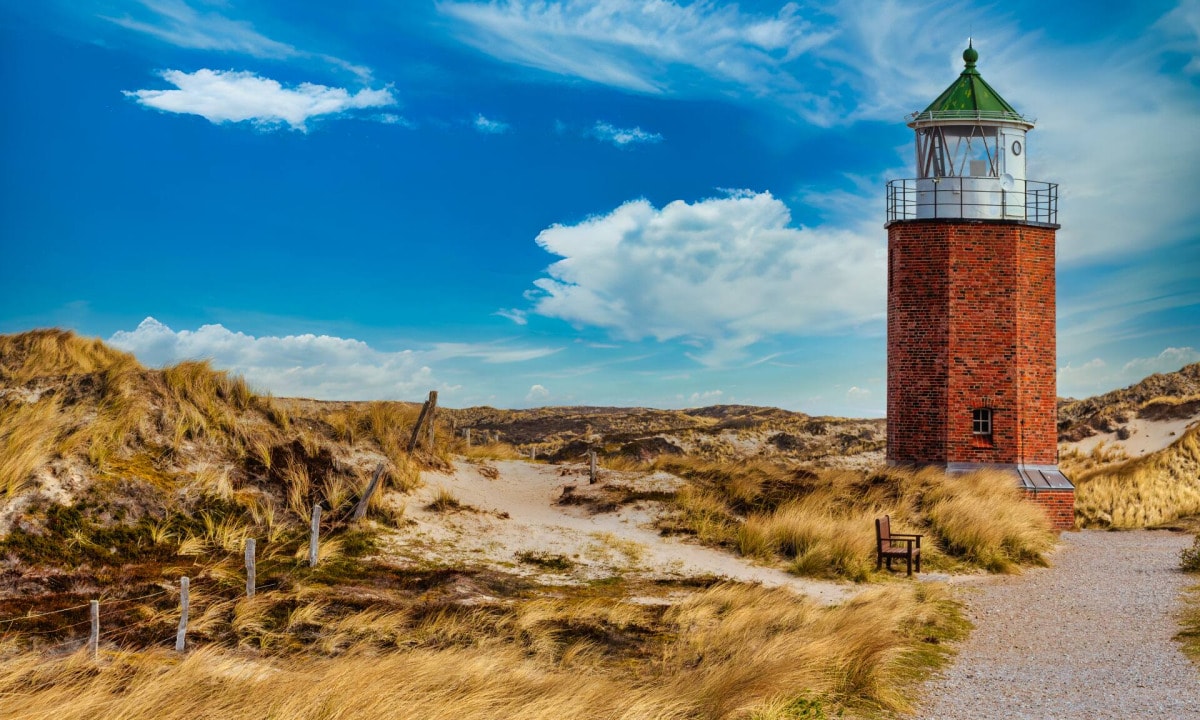
Sylt has been one of the most popular destinations in Germany for many years, both for day trips and short vacations. And the fact that it has an endless beach with excellent waves guarantees that it will always be so.
As before, people are drawn as if by magic to Germany's largest North Sea island. Not only in summer, but all year round, you can hear the many regional and car trains that pass Sylt's lifeline, the 11-kilometer-long Hindenburg Dam, which has connected the island with the mainland since 192, almost non-stop. Around a million tourists come to the island every year, thanks in no small part to the car ferry that starts on the Danish island of Rømø.
The popularity of the island is due to the many attractions it has to offer, such as the breathtaking natural landscape.
The Chic is a group of wealthy celebrities who often meet in Kampen and List, in the northern part of the island. They are often seen driving around in their luxury cars.
Vacationers arriving with their families, on the other hand, often stay in the central towns of Westerland and Wenningstedt on the island. These two types of vacationers usually visit different beaches, with the chic preferring Zanzibar and Rantum, while the family vacationers tend to stay in Westerland and Wenningstedt.
3. island Föhr - The vacation resort in the middle of the Wadden Sea
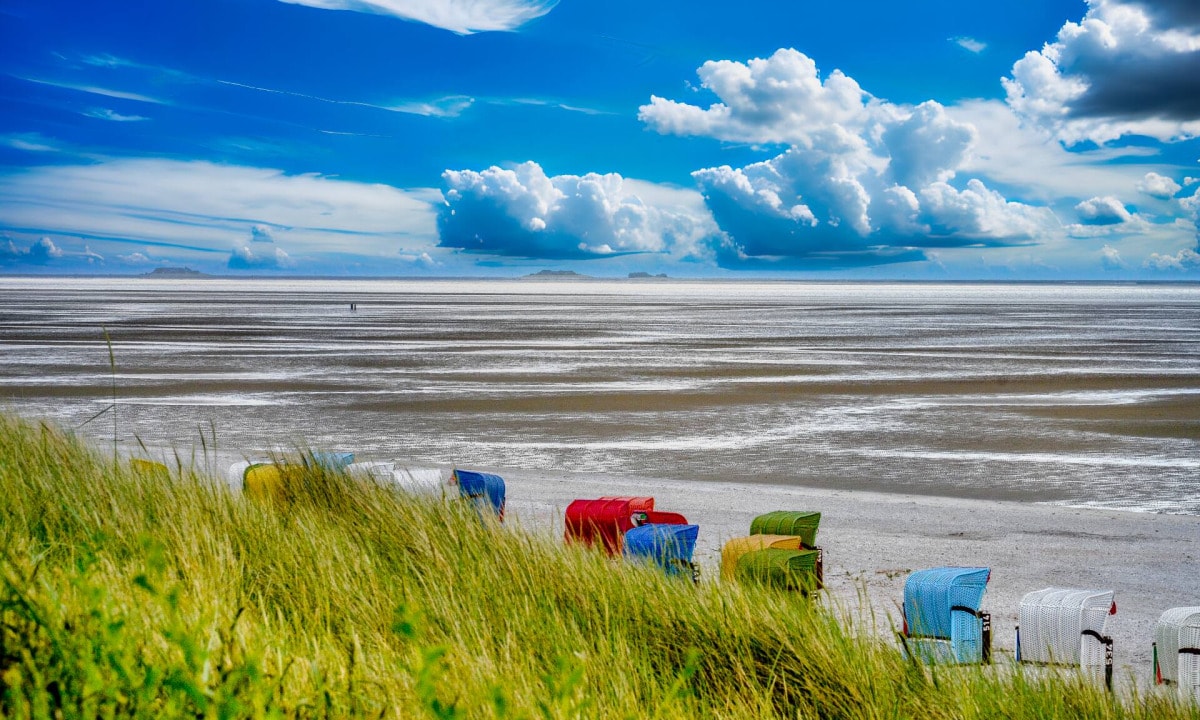
The North Sea island Föhr, the largest island in Germany, is located in the middle of the Wadden Sea and is known for its lush greenery and fertile fields. It is a popular Resort, predominantly among those who enjoy the atmosphere of the picturesque beach communities and small towns.
Wyk is the largest settlement and has an extensive beach in the south, which invites you to relax and enjoy the breathtaking scenery.
Although the island is only about 7 kilometers from the mainland, it has the atmosphere of a desert oasis. The landscape is quite different from the Neighboring islands Amrum and Syltcharacterized by desolate dunes and heaths. On the contrary, the terrain is green and lush, there are fields and meadows. More than half of the island's surface is covered by bogs, which are known for their high fertility.
Even the Geestkern of Föhr, which faces south, rises only slightly above the surrounding landscape. The settlements on the island have a lot of character and make the island what it is.
4. island Pellworm - a North Frisian island in the Wadden Sea National Park

In the middle of the Wadden Sea National Park lies a beautiful piece North Frisia with the name "Pellworm", which is also the third largest German island in the North Sea. It is an excellent destination for a day trip, even though there are no sandy beaches.
The island of Pellworm, which consists entirely of marshland, occupies a special position among the other islands. There is not a single square meter of geestland on the entire site, and numerous bird species make their home here. The region's wetlands play an important role as a nesting site for migratory birds and are home to a number of plant species that are endangered elsewhere in the world.
The total land area of the island is 37 square kilometers and is completely below sea level. Due to its location, the island is prone to heavy storm surges, which have led to the destruction of the island several times in its history.
Since the islanders were forced to meticulously rebuild the island piece by piece, there are many buildings and inland dikes grouped around the 12 original jetties. Due to its unique history and geographical location, Pellworm is now a popular destination for vacationers.
5. island Nordstrand - North Frisia peninsula
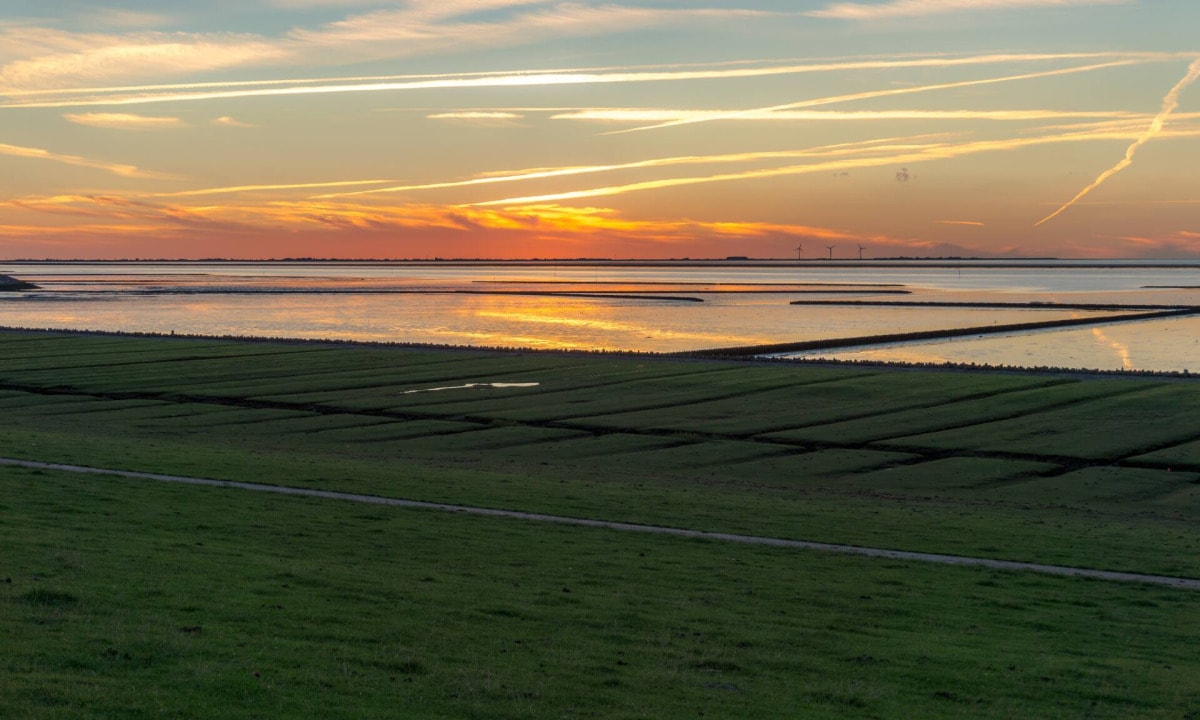
Before the German coast lies a small Island called North Beach. It has a long history as a marsh and wetland, but at the beginning of the 20th century it was connected to the mainland by a dam. This was a significant change.
This connection was further stabilized by sediment deposits on both sides of the dam. With the completion of Beltringharder Koog in 1987, Nordstrand finally became a peninsula extending very far into the Wadden Sea. This connection was further stabilized by sediment deposits on both sides of the causeway.
Due to the construction of a 28-kilometer long dike that encircles the entire island, Nordstrand has largely lost the island character and charm that once distinguished it. Despite its catchy name, the island of Nordstrand has no particularly large or picturesque beaches to offer.
However, if you want to escape from everyday life and find peace, this island is still an ideal destination for you. Behind the dike there are some swimming spots, even if the beaches there are not as beautiful as on the other islands.
The North Frisian island Nordstrand is divided into ten districts, but overall has a relatively low population density. Therefore, the bicycle is the best means of transport to explore the island. This way you can ride outside the dike and enjoy the breathtaking scenery of the Hallig.
You can also bike around the island, which is a great way to take in everything the island has to offer.
The North Frisian Hallig Islands
The Halligen are a collection of rather insignificant German islands located in the North Sea. Due to their low elevation, they are almost completely submerged at high tide. The only thing that deviates from this rule are the artificial hills (Warften) on which the islanders have built their dwellings.
With the exception of Sylt, which can also be reached by train, all islands are quite easy to reach by ferry. The smaller Halligen can only be reached by mudflat walking, while the larger ones are frequently visited by excursion ships. For the larger islands and Halligen, it is recommended to rent a bicycle, as bicycles are easy to find and rent in the area.
Langeneß, Hooge, Gröde, Nordstrandischmoor and Oland are the five largest islands of the Halligen, which are located in Germany. These islands are characterized by the fact that on such a small land mass lives an enormous number of people due to its compactness.
In the midst of the extensive salt marshes, the houses of the Hallig islands stand densely packed on a few small hills about 5 meters high. In addition to the ornithological station, the five smaller Hallig islands of Habel, Hamburger Hallig, Norderoog, Süderoog and Südfall are designated as nature reserves and bird sanctuaries. Most of the islands are deserted, some can only be reached via mudflat hikes.


